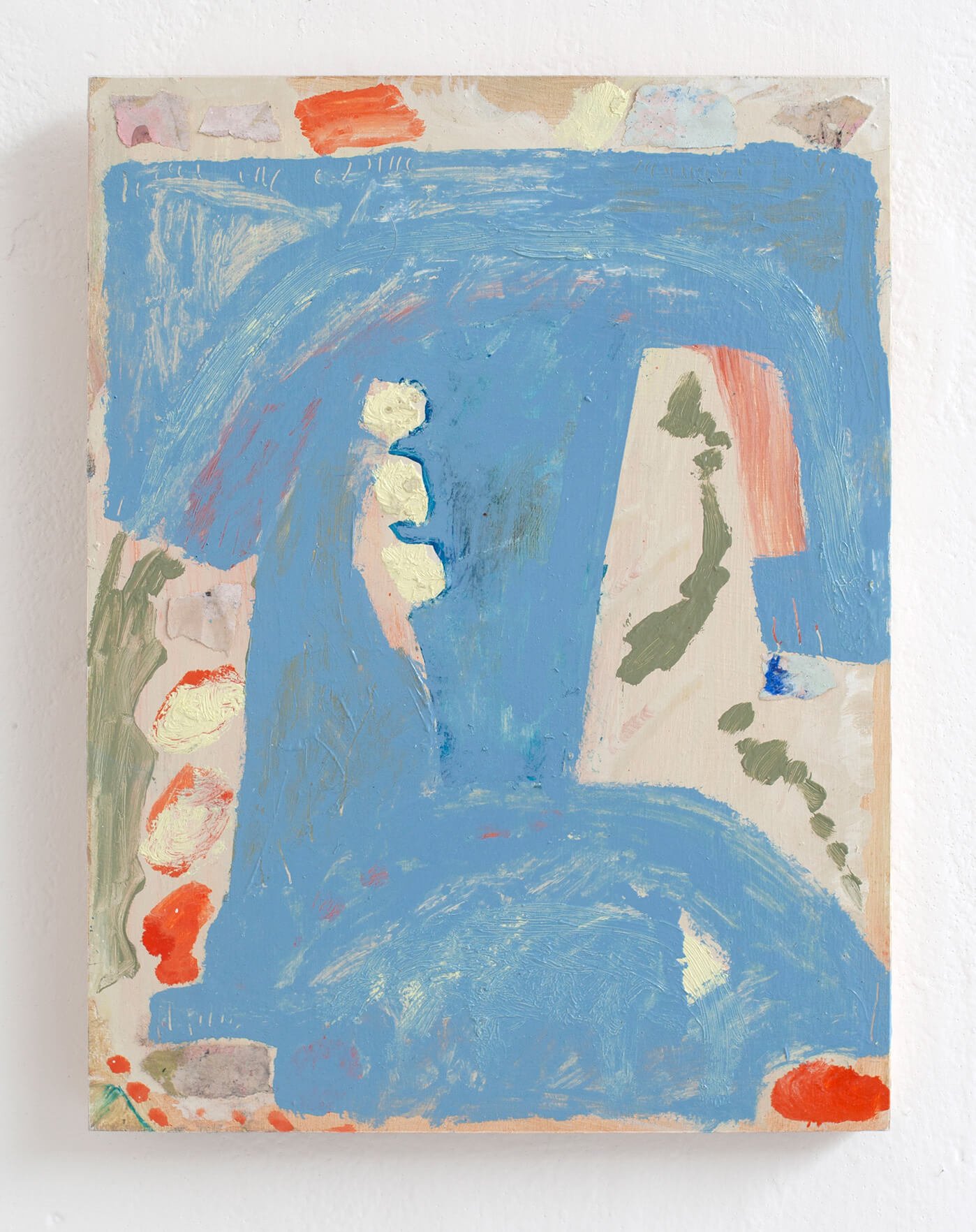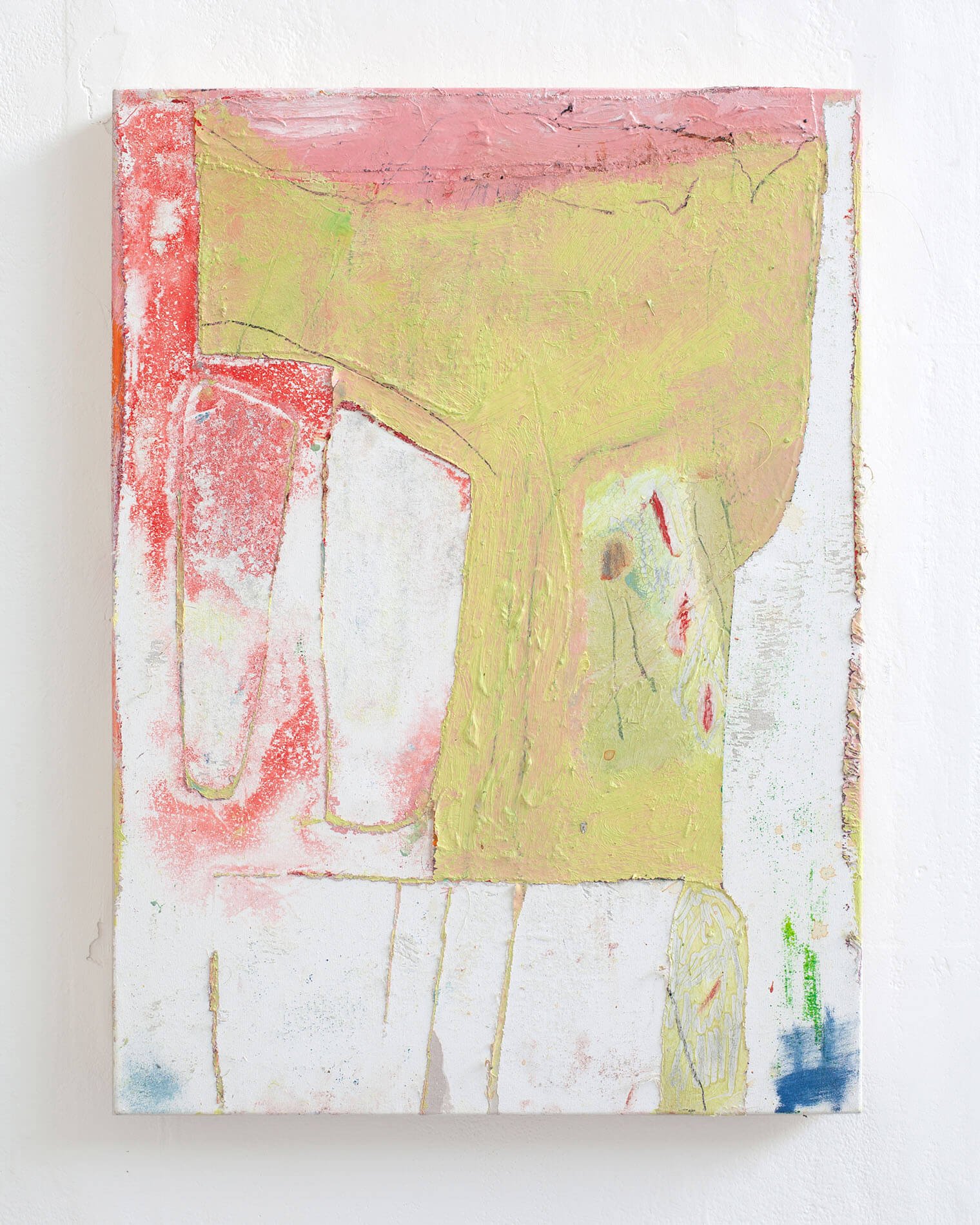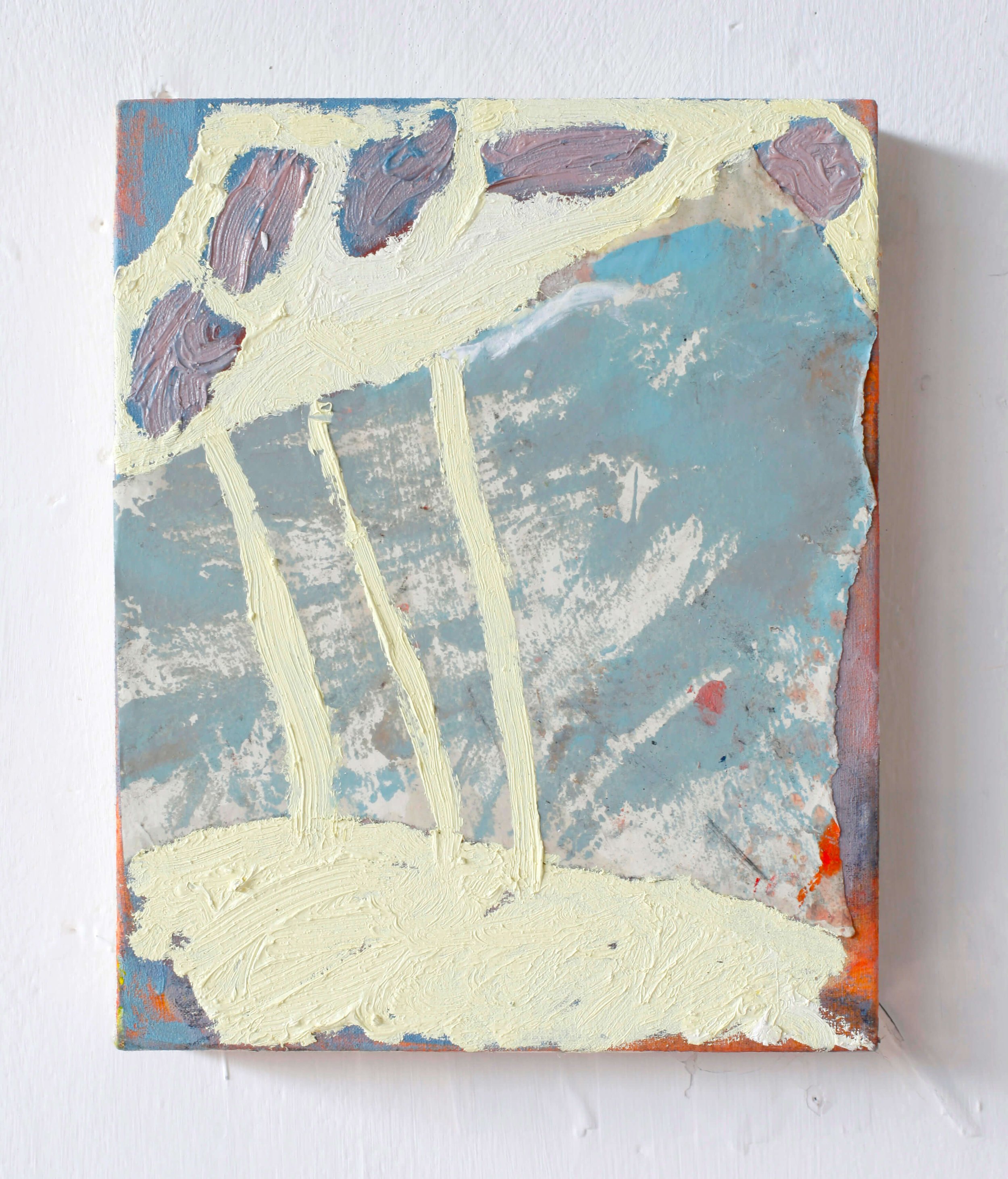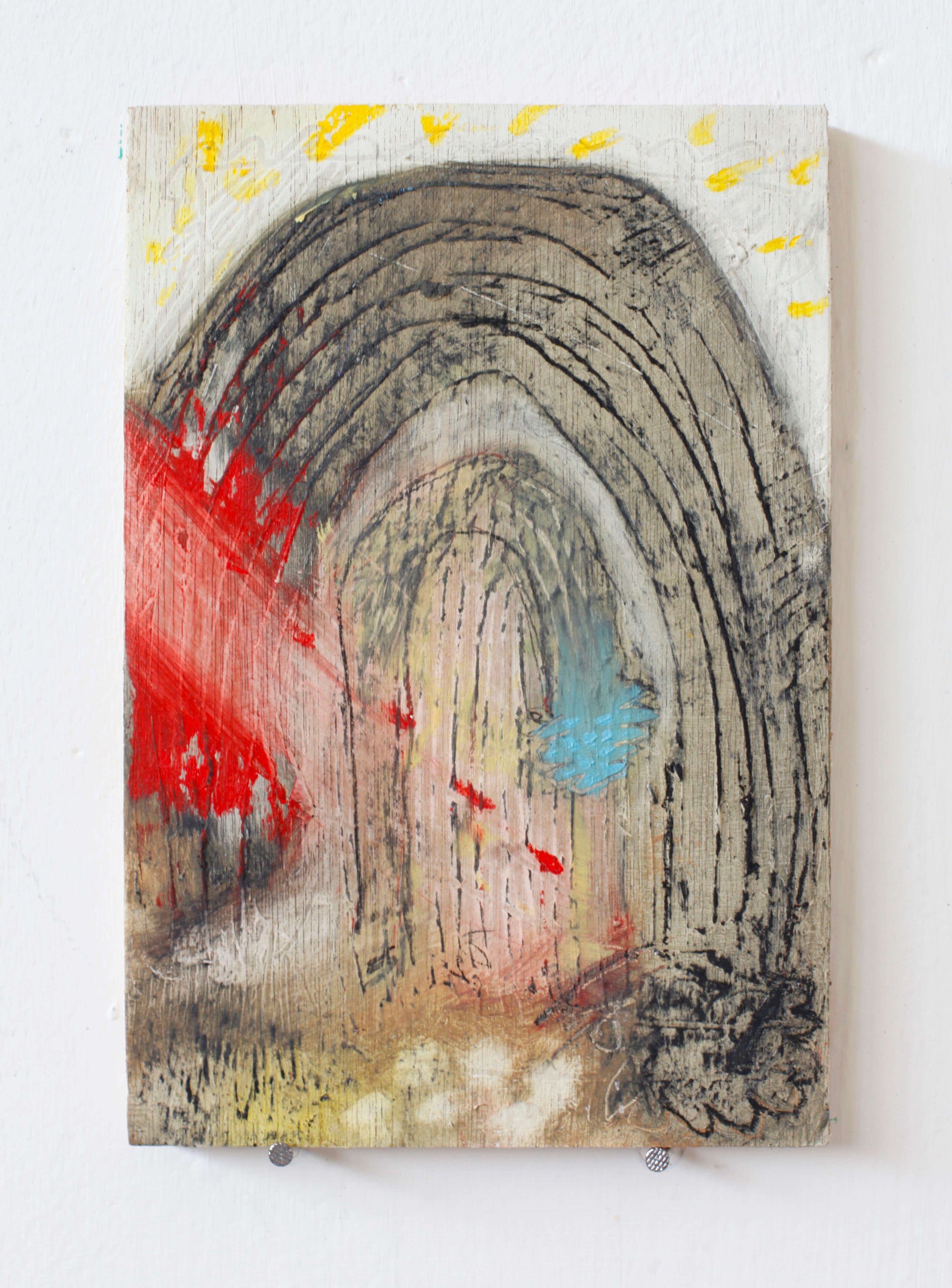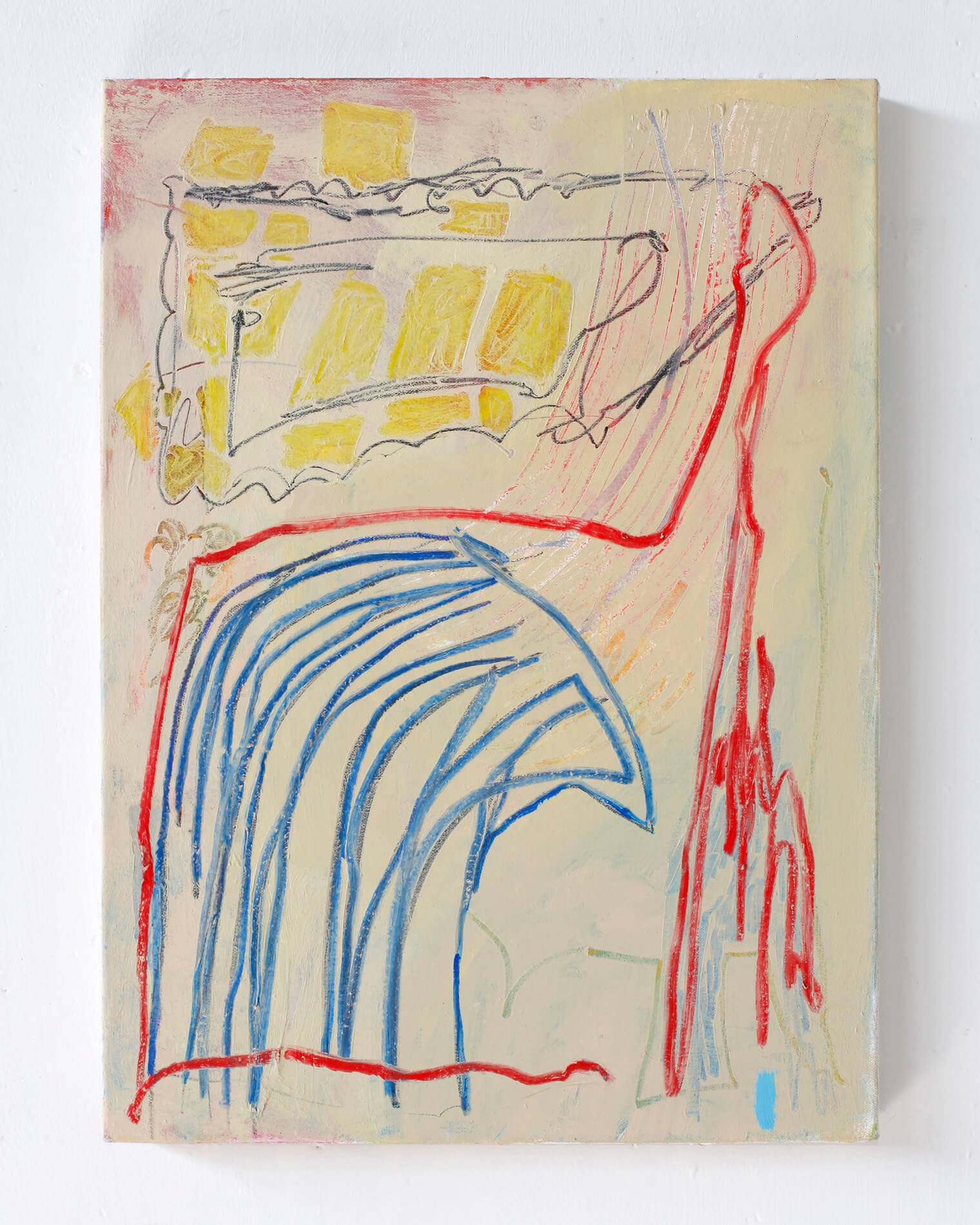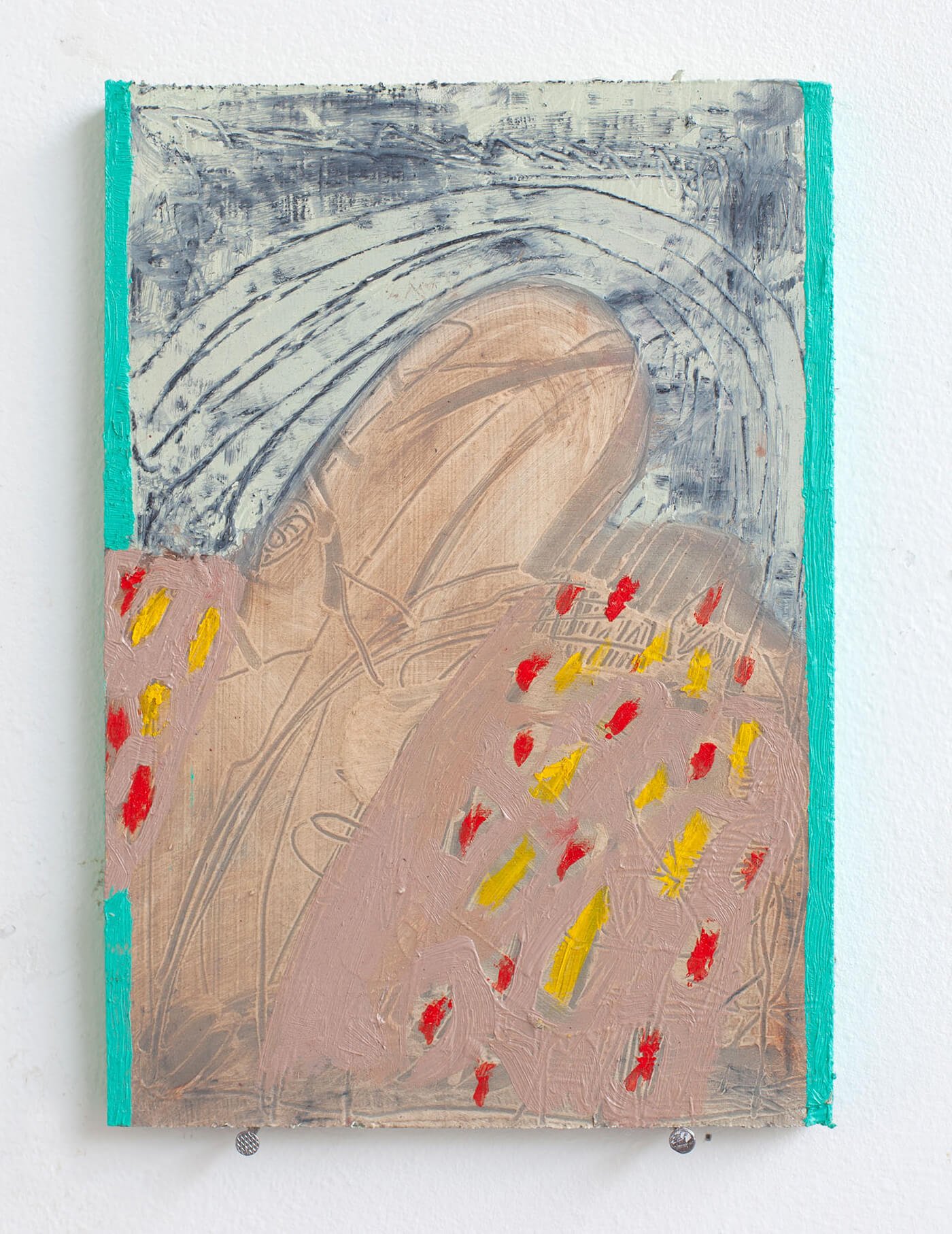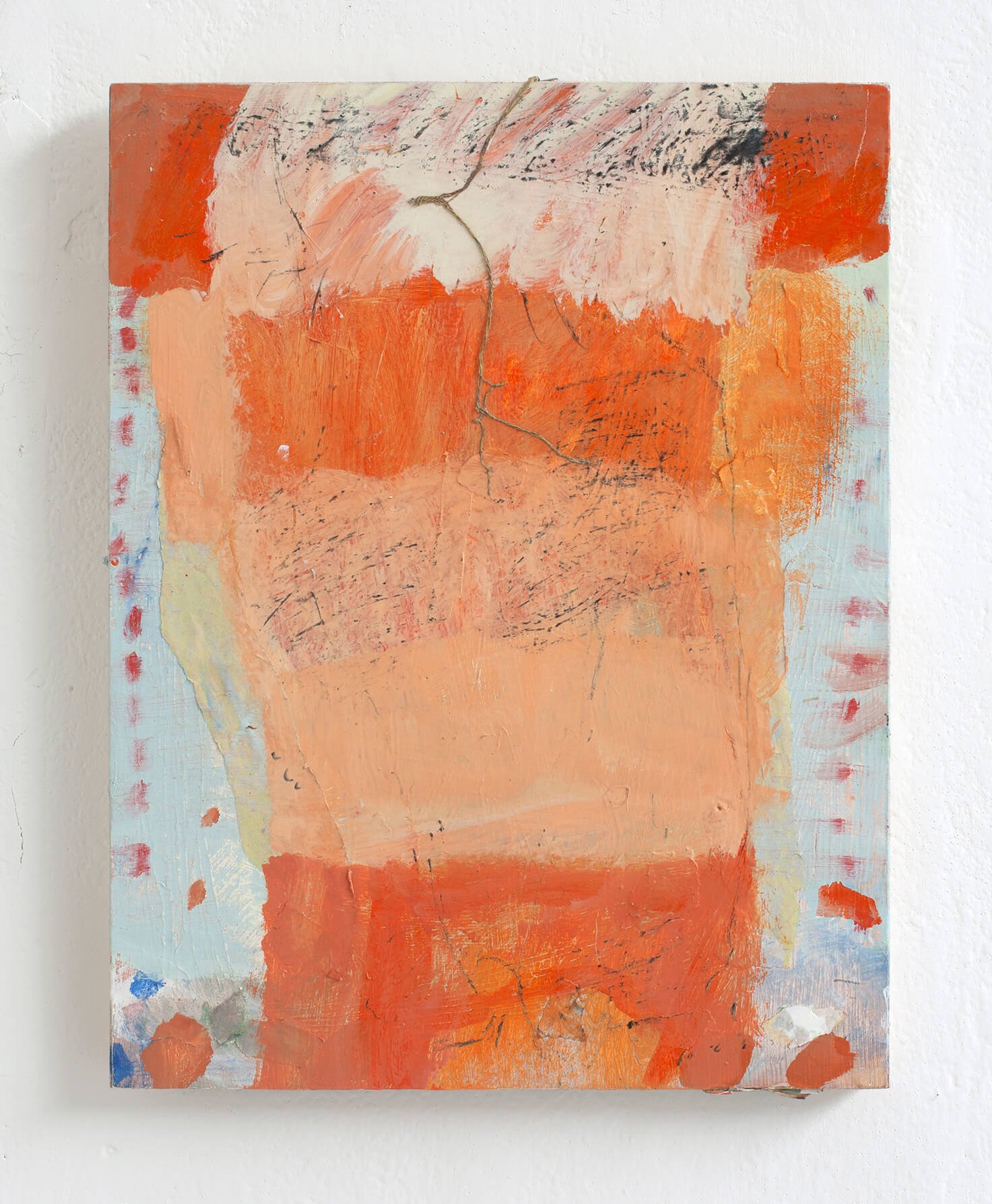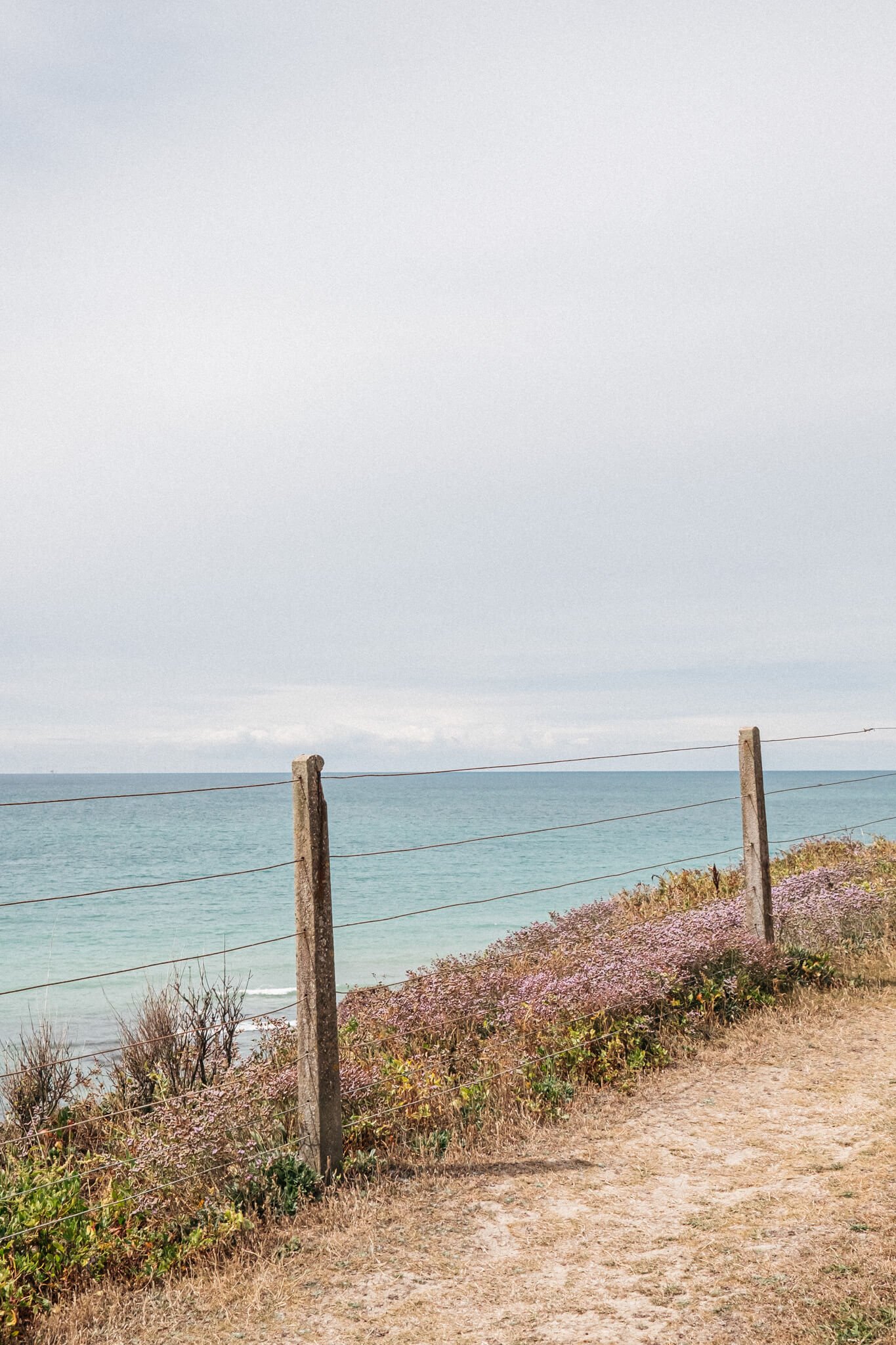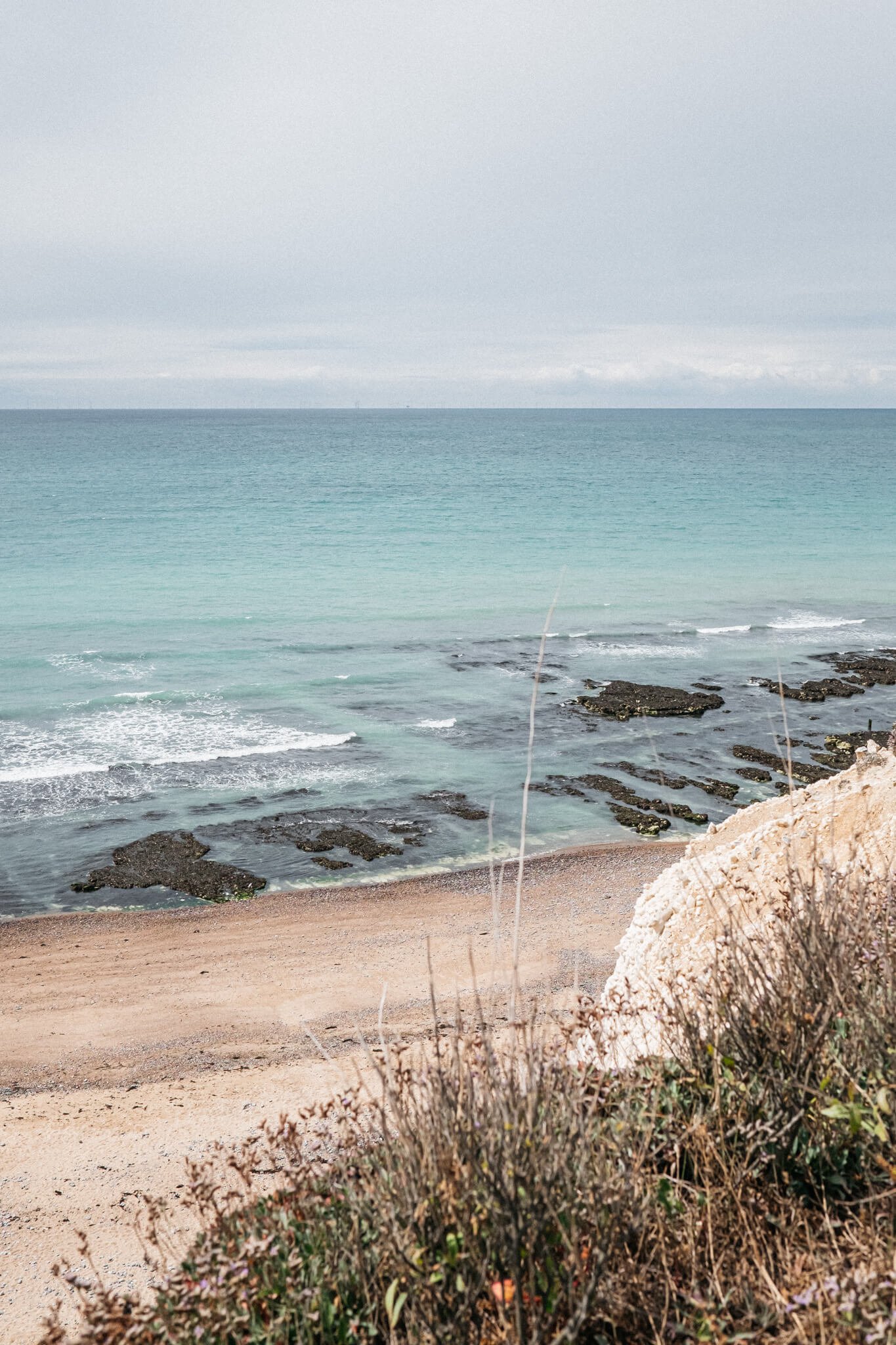Port Calls Claire Shakespeare
Claire Shakespeare
‘Wobbly Knee,’ an exhibition by East Sussex based artist Claire Shakespeare opens is mid March and marks the launch of our partnership with Devonshire Collective, a visual arts organisation on Seaside Road, just 5 minutes’ walk from Port.
As part of the partnership, DC invites emerging and underrepresented artists from around the South East to present an exhibition of new work at Port, giving guests the opportunity to experience a snapshot of the dynamic art scene here in Eastbourne and East Sussex.
Claire Shakespeare is the first artist to show her works under this new partnership. Claire completed a BA in Fine Art Painting at University of Brighton in 2022. Her practice captures the everyday experience through an investigation of improvisation and chance within painting. Altogether Shakespeare’s scenes explore agency, free association, and consciousness with the limitations of a two-dimensional surface. Shakespeare has been included in several group shows in Brighton and recently had their debut solo show ‘Frontal Dancer’ at the Fitzrovia Gallery, London towards the end of 2022.
Over to Claire to tell us more…
Tell us a bit about yourself as an artist?
I am a recent graduate of a BA in Fine Art Painting at the University of Brighton and am now working as a Gallery Assistant for Brighton CCA. I am predominantly a painter working in oils and mixed media, thinking around the everyday experience through an investigation of improvisation and chance within painting. Drawing also plays an important role which can feed into my painting practise.
What inspires your art?
Artworks are usually inspired by material processes and the unknown. I feel most inspired when reacting to the act of painting as a means of searching for familiarity in the unknown. Work is led not by the destination, but to embrace the unknowability and accidental within its own creation. By adding, obliterating and reassembling, imagery emerges from an accumulation of layered and erased marks. With tactile surfaces, ambiguous motifs move sinuously between semi-abstraction and figurative objects; covering and uncovering until there is a moment of recognition.
How has your practice evolved over time?
I have been dealing with the similar themes throughout my practise, reflecting on everyday experiences and objects. However, in the past year I have found my focus has shifted more towards how painting can reveal these forms through the act of mark making. While studying, my practice was always quickly changing due to the nature of the course and its time pressures. Painting at home during lockdown was a big shift in my work, where the removal of university pressures allowed me to paint more freely, championing failure and taking greater risks.
Materials used constantly shift, I have always had paper and collage in my work. However, in the past year to disrupt repeated methodologies I started to use alternative materials such as house paint, enamel and charcoal, which offer inventive and intriguing tensions within the surface.
Tell us a bit about the pieces that are exhibited at Port?
Many works were made during my final year at university with some recently reworked on after a time of hiatus. Subject is never a concern while making, however titling can play a vital role in revealing new narratives once compositions are resolved. Titles such as ‘Car Crashing’ or ‘Wobbly Knee’ offer insight into the individual ideas surrounding a work and can often make sense of the directional movement they tend to obtain. Resulting works are often suggestive and comical, acting as innuendoes to the body or natural landscape. Fundamental to some of the works is the significance of what is drawn vs what is painted to explore linearity and solidity of form. In ‘Red Thread’ introducing a drawn line directly into the paint creates an immediate sense of movement of the needle and thread.
What piece/series are you currently working on?
Recent months I have been making works on paper, using water soluble materials and a dry marker pen. Forms such as flowers are transformed through my own subjectivity, embodying their own human characteristics. Without access to a studio in recent months, this has been a great way to achieving the immediacy and freshness I can find while drawing.
I have also started working on some unfinished paintings after graduating. Taking time away from the works has been a helpful tool in seeing them with fresh eyes. Most recently I have been working on ‘N’ which originally only had a glossy mottled background and yard found around in the studio. Recently I have added some ivory oil stick, giving a cloud like texture with a large n motif acting like a gate or some barrier. Adding these new elements has given sense to the three dimensionally nature of the yarn and directional flow which was missing before.
What kind of setting do you find conducive to painting?
I have found the best setting for me to paint is in the evening, peak at around 5pm where I feel most active. I must build myself up to the painting process, whether that is drawing to loosen myself up, or by spending time with the works to reflect. Depending on my mood I will listen to music, it is helpful to get into a meditative state, or a flow into painting. The best work comes when I am just making and not thinking too hard on what I am doing. Recently I have been listening to what you could describe as Dream Pop such as Beach House and Cate Le Bon. If I want something more upbeat, I may listen to the classics like Prince or tap back into music from my childhood like Lady Gaga.
What kind of art do you most identify with?
My practise usually identifies with semi abstraction. I find my works are never only abstract as there always must be some link to the real world to make sense of where a piece is going.
Do you have a favourite artist of all time?
This is a tricky one. There are many artists I really love but I always tend to go back to Gabriella Boyd who recently had a show in New York. I obviously was unable to go but I recently bought her publication of the show ‘Mile’ by GRIMM Gallery. It is a beautifully made a book and brings insight into some of the themes involved in her painting practice, including the body, colour and their interactions within interior spaces.
What do you love about the East Sussex coast and countryside?
Spending the past three years in Brighton I love the fact you have access to basically everything. You have a creative city, the beach and all the surrounding countryside. I love cycling and enjoy regularly going on bike rides along the seafront or towards Rottingdean. I am from the Midlands but grew up in Devon, being by the sea is a comfort to me. Sussex reminds me of home and when I am here, I always feel like a weight is taken off.
Share your top three places to visit in Eastbourne.
When visiting Eastbourne, I enjoy walking along the stretch of the coastline, it has a beautiful scenery and reminds me of being back home in Devon. I especially enjoy seeing all the groynes along the beach. They create such an intriguing landscape, especially when looking into the distance. There are so many they all merge into one big structure. It is a wonderful place to go drawing and I found myself drawing along the promenade and Fir Trees Cross. Eastbourne is also host to some exciting contemporary galleries including the Towner Gallery and Volt. I recently went to visit the exhibition ‘Towner 100: Unseen’ which had a wide variety of artists including the painter, Racheal Jones. I am also looking forward to the Turner Prize which will be hosted by Towner later this year.
